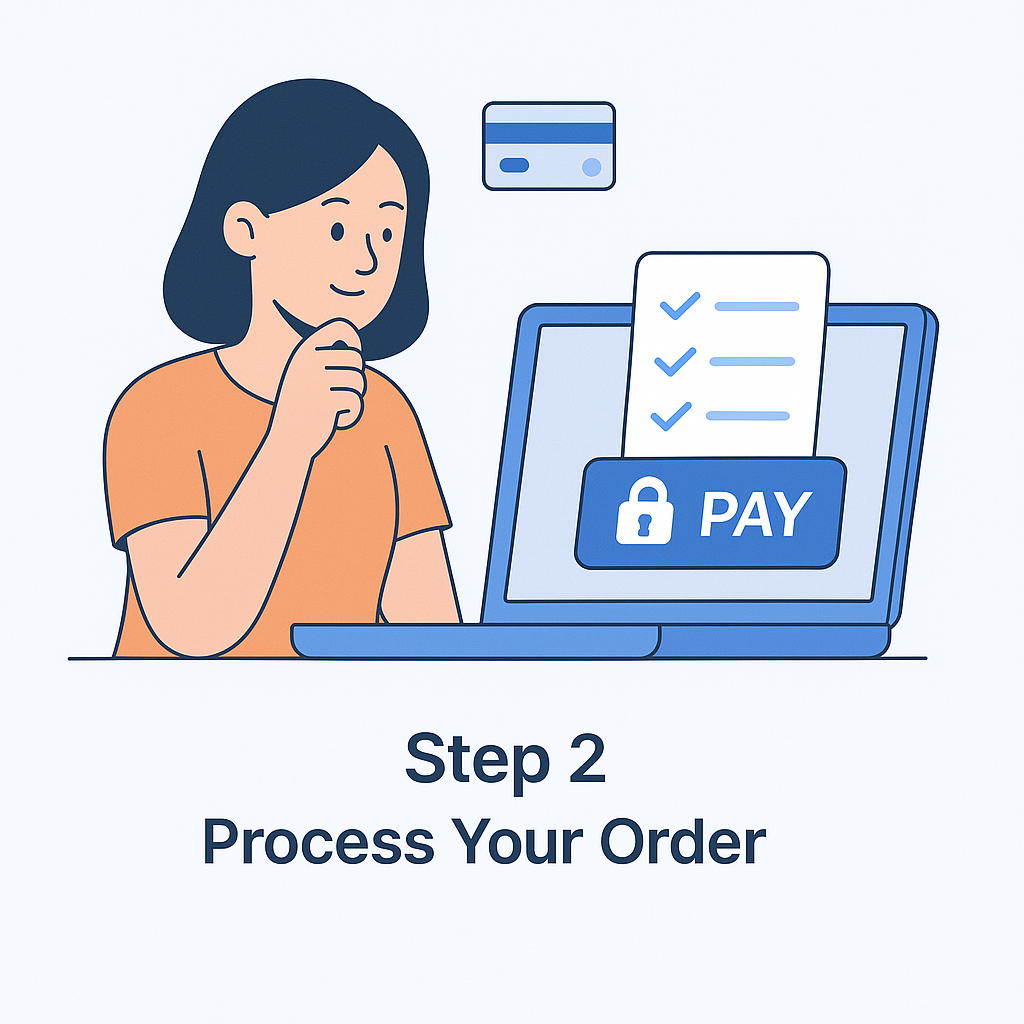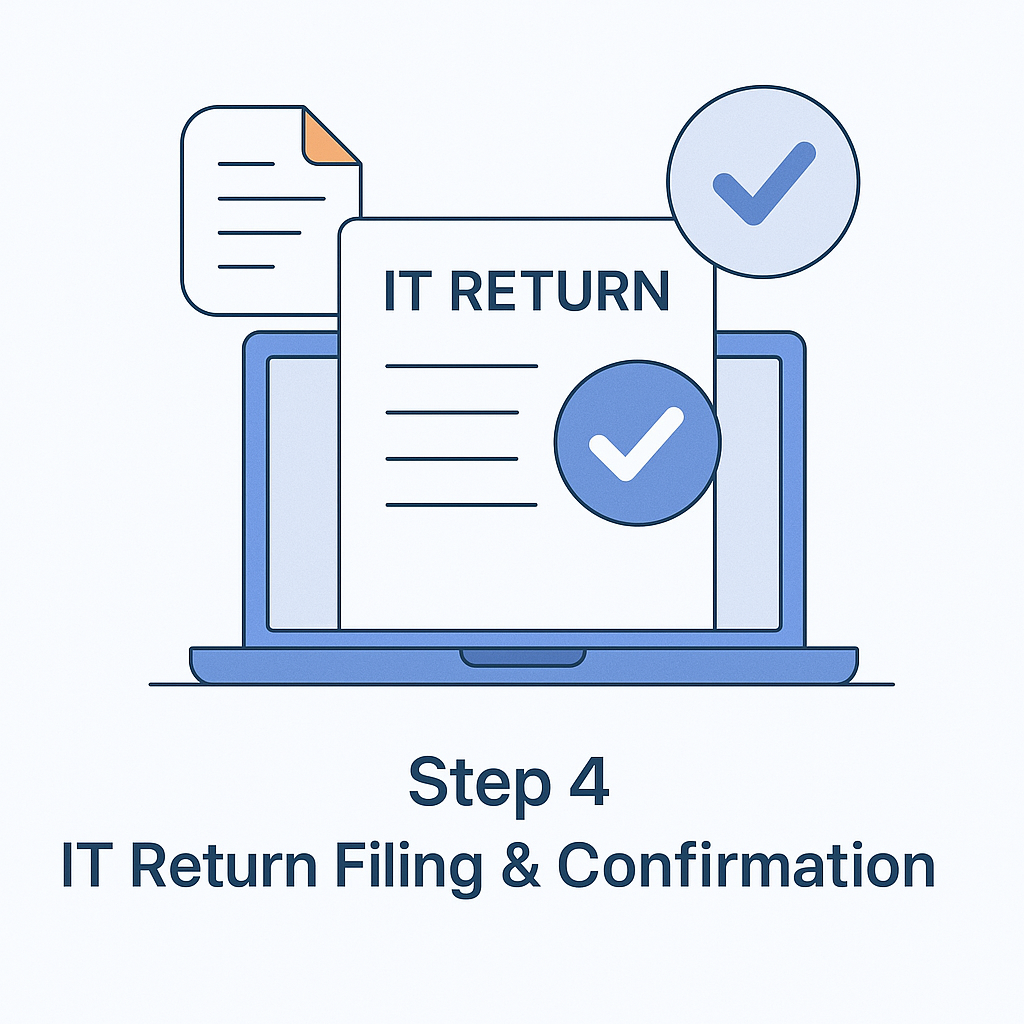As per the value of supplies made, the goods and service tax rate will be determined. GST has provided many rules which can be consulted while determining the value of supply upon which GST will be charged. In another word, the new rules will help decide the value of GST charge.
Since GST will be imposed only upon the value of a supply which is taxable, therefore, the concept of Value of taxable supplies is an essential part of the taxation system. Section 15 of the Model GST Law with GST Valuation Rules, 2016 (which determine the Value of Supply of Goods and Services) determines the valuation factor of taxable supply. The increase in the importance of these rules takes place when the activities of supplies have been taken place between the related parties.
As per Section 15 of the Model GST Law, the value of the goods or services supply will be directly related to the transaction value, which means the price which is actually paid or payable for the supply. The law states that there will be no relation between the supplier and the recipient but the price of the goods and services will be the sole consideration for the supply.
Get the details of GST Refunds in India and its Multiple Facets Get Details
Examining the Valuation Rules for Supply
Valuation Rules can be accessed on the official CBEC portal. These are the rules which have started impacting and will continue changing the taxation face in India by its implementation on all businesses.
To simplify things, the valuation rules have been explained briefly under the following heads.
1. The value of Goods or Services supplies, where money is not wholly considered as the payment.
For example; when a buyer instead of paying fully in money for the supply gives another good in exchange as a partial consideration or as a barter.
2. The value of Goods and Services supplies between two relatable or distinct persons, rather than supplies carried out through an agent.
For example; when goods or services are supplied to related persons or entities comprising of a separate registration but having a common control.
3. The value of supply of Goods made through an agent or it is received via an agent.
This is applicable on specific instances when either goods or services are supplied between Principal and his agent. In this case, there might not be value-addition however, it will be defined under supply.
4. The value of the supply of both Goods and Services or either Goods or Services are based on the cost.
This valuation method offers the provision of valuation as per the cost of the manufacturing of goods or the cost of acquisition.
5. Determining the value of the supply of either goods or services or both through the residual method.
Any other method which can be fairly justified. If the value of supply of either goods or services or both is not determined under rules 1 to 4, then it shall be calculated using reasonable means similar to the principles and provisions of Section 15. This is applicable if, in the supply of services, the supplier opts out of this, by disregarding rule 4.
6. Determination of the value of certain supplies.
Cases which are specified such as Foreign Currency Converter, Life Insurance Business etc. are all covered under this head.
7. The value of Service supplied by a pure agent.
This rule of valuation is applicable exclusively to Principal-Agent related cases.
If the transaction value gets rejected then the following procedure will be adopted by the assigned officer:
| Serial No. |
Method |
Rule No. |
Description |
| 1. |
Comparison Method |
4 |
The transaction value of goods or services that are of similar type and quality supplied at the same time to customers after applying factors like:
- Differences in the days of supply of the goods or services.
- Differences in the commercial levels or the quantity.
- The difference in the characteristics of the goods or services.
- Differences in any expenses which are related to the place of supply.
|
| 2. |
Computed Value Method |
5 |
This method will be applied only to situations where Rule 4 is not applicable. In this method, the total cost of the goods or services inclusive of the profit margins will be considered as the value of goods or services. |
| 3. |
Residual Method |
6 |
If neither Rule 4 or Rule 5 can be applied, the value will be determined to utilize the reasonable means in relation to the principles and the general provisions of these rules. |
Discounts Under GST
As per the GST Law, discounts will be treated differently.
- Discounts offered during the time of supply or prior to the supply will be allowed as a deduction from the transaction value.
- Discounts offered after the supply has been made will be applicable only on the fulfillment of specific criteria.
GST will be charged on any transaction value, which means the price which is actually paid or is payable between unrelated parties for the supply of goods or services.
The value of supply under GST will be inclusive of the following
- All taxes, fees, cess duties and charges imposed under any act apart from GST. GST Compensation Cess will not be included if it is charged separately by the supplier.
- Any due amount that the supplier must pay for expenses which were incurred by the recipient and is exclusive of the price.
a
- The supplied value will be inclusive of any incidental expenses incurred during the sale such as packing expenses, commission etc.
- Except for the government subsidies, all subsidies linked to the supply will be included.
- All the interest earned, late fees, the penalty for delayed payment will also be included.
 GST Basics
GST Basics
 Classification of GST
Classification of GST
 GST Benefits
GST Benefits







